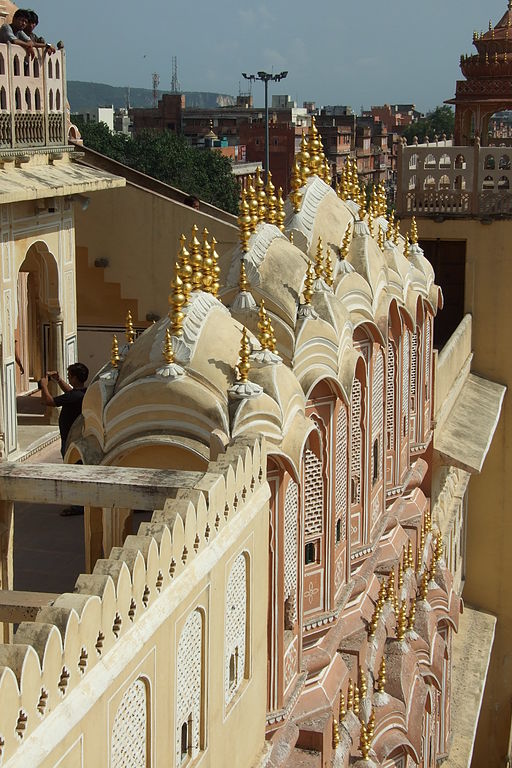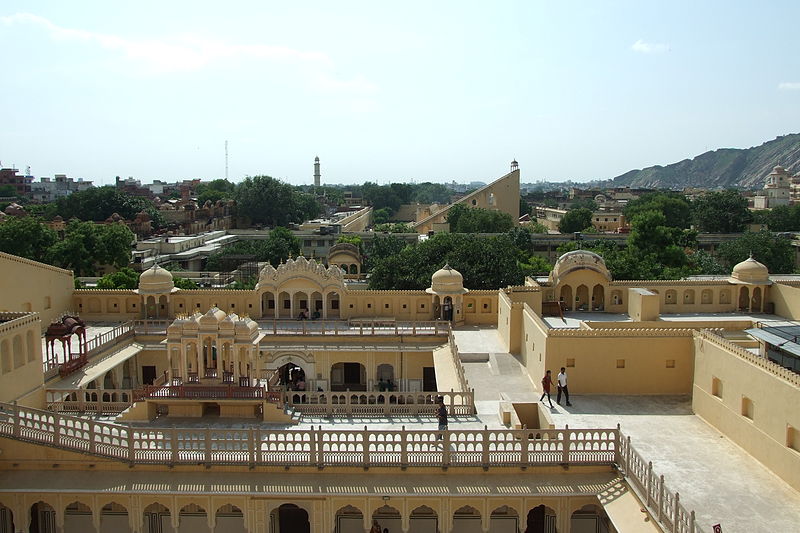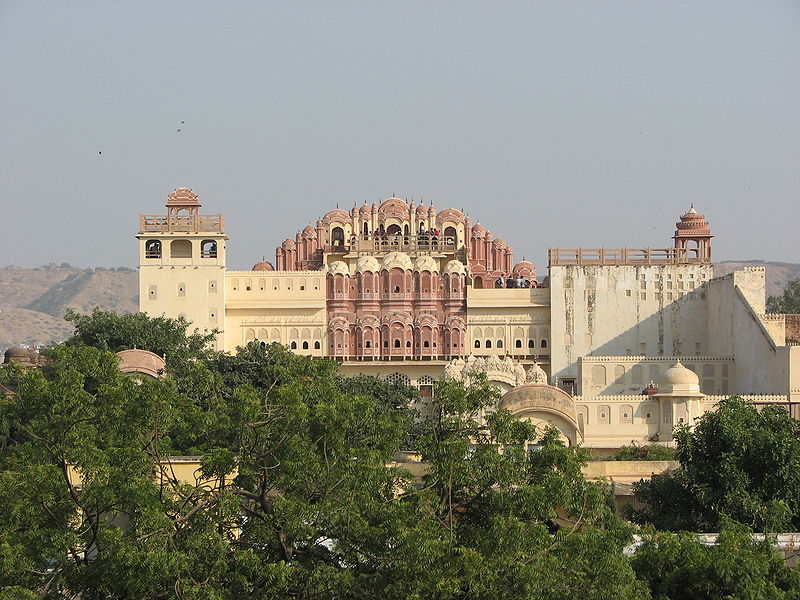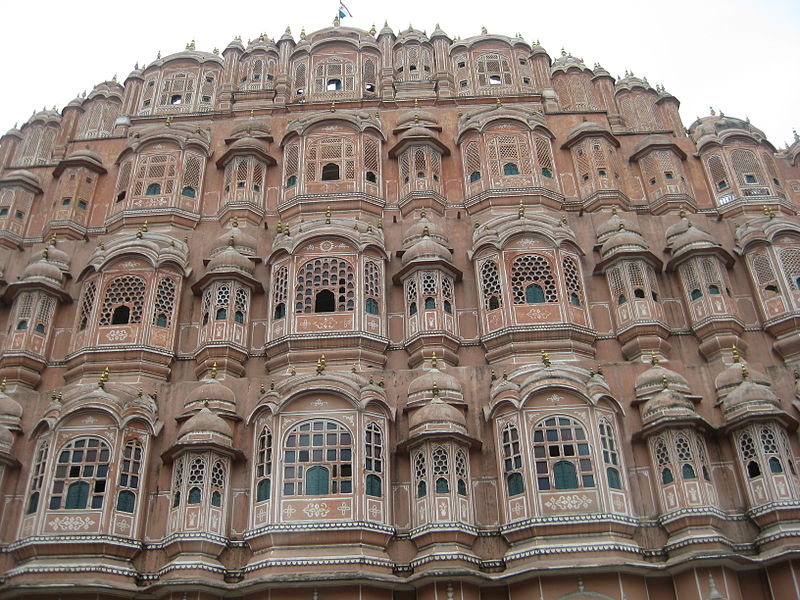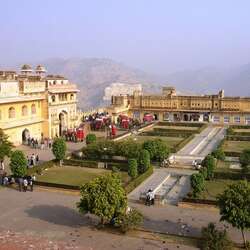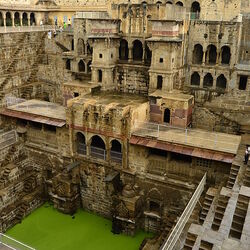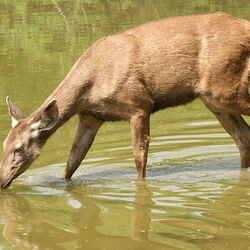Hawa Mahal
The Hawa Mahal Palace is a masterpiece of Indian architecture, a wonderful creation of Indian craftsmen in the form of a fifteen-meter five-story cone-shaped building. It is located in the center of the Indian city of Jaipur. The structure is dedicated to the god Krishna, and its appearance is similar to the crown adorning his head.
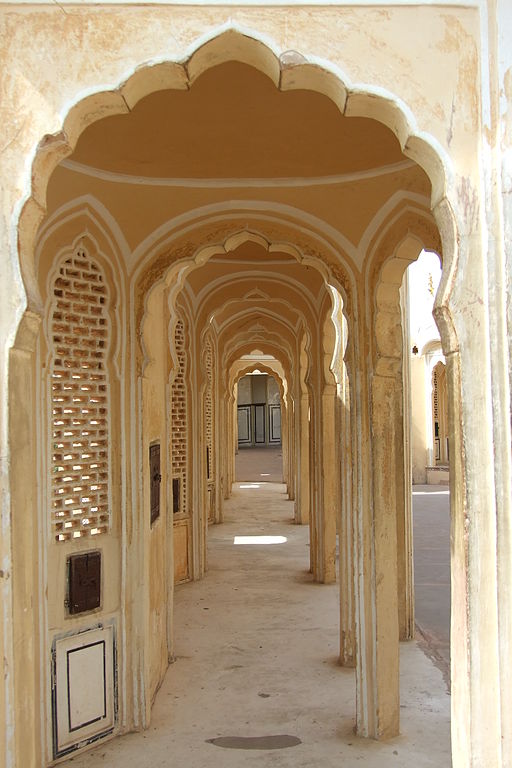
The palace was built in the 18th century by order of Maharaja Sawai Pratap Singhe for use as a harem. It is a component of the City's Palace Complex. The main materials for the construction are pink stone and sandstone.
The architectural structure looks like a honeycomb, with about a thousand windows. The windows, called Jarokhas, are the main element of architecture, decorated with finely crafted lattices. They were not only an ornament of the palace, but also an integral part of the ventilation system. With their help, the temperature in the Hawa Mahal is constantly kept cool and you can feel a light breeze blowing. Because of this, the second name of the building appeared - the "Palace of the Winds".
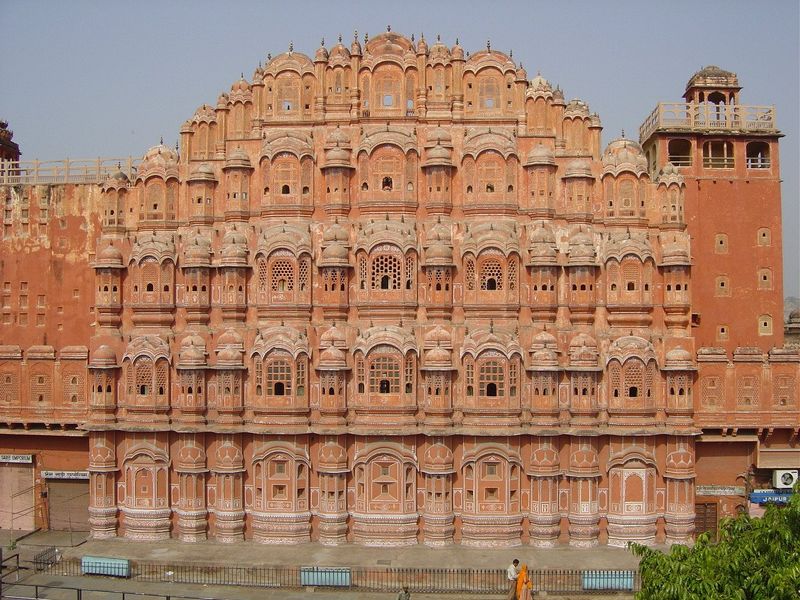
Raja and his extended family liked to relax here, especially in summer, when they could hide from the heat in the walls of a cool building.
The window grilles were installed primarily so that the wives of the Indian rulers could observe the lively life of the neighborhood without showing their faces. This is how wives felt the spirit of freedom without wearing burqas.
A unique feature of the Hawa Mahal is the complete absence of stairs, you can climb using gentle ascents. Special notches are applied to the floor surface to prevent slipping.
The entire building is decorated with various Moorish-themed patterns. In the middle there are many rooms, each of which has access to a balcony covered with a dome. The luxury of the palace is given by a multitude of arches, columns, and wall paintings. There is a sundial, according to which the time accuracy is checked to the second.
Today, the Hawa Mahal is the hallmark and main attraction of the city of Jaipur.
On the territory of the Hawa Mahal, the heirs of the Maharaja family live in one part of the palace, tourists are not allowed to enter here, and in the second there is a museum providing the rich culture of the state of Rajasthan. The museum has three halls – weapons, textiles and artifacts.
From the height of the last tier of the building, the beauty of the modern metropolis opens to the eye.
